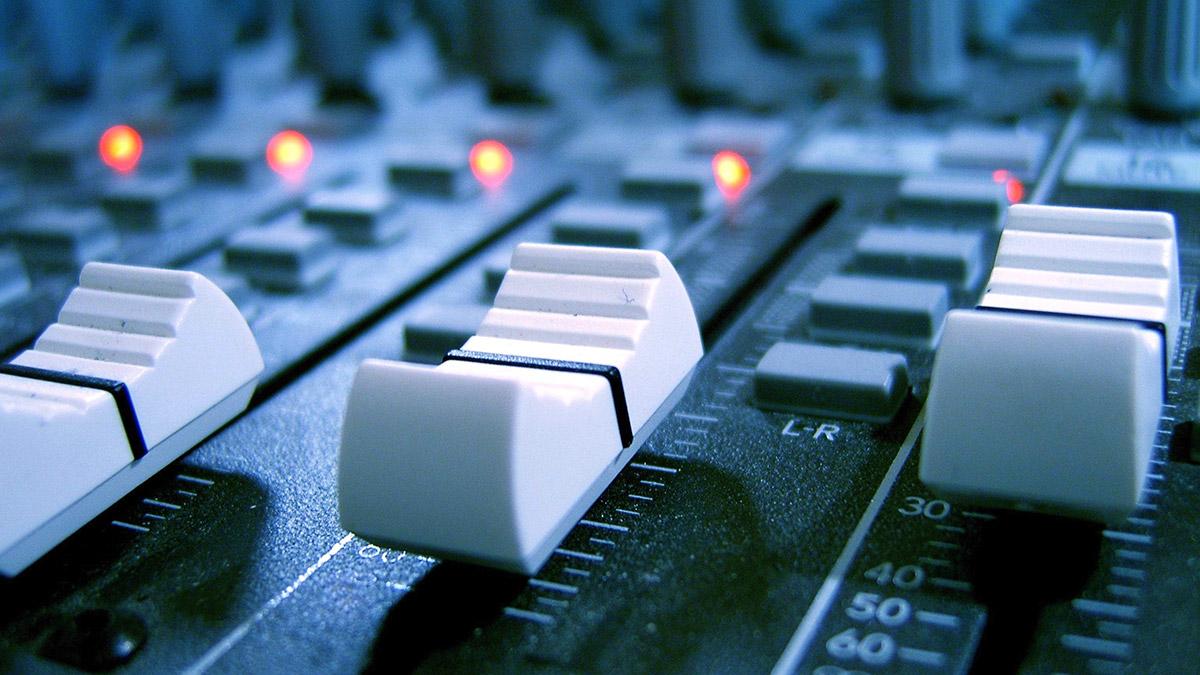Four Tips To Help You Balance Your Faders

Many novice producers are all too quick to reach for an EQ or a compressor, before they have properly balanced their faders. Your faders are powerful tools, and you should remember that many mix issues can be solved through balancing alone. Below we give you a few pointers on how to balance those faders most effectively.
1. Which Fader Do I Bring Up First?
There are different schools of thought on this; some engineers will start with the kick, some will start with the vocal – but which technique is right for you? Probably the most prevalent method is to start with the low frequency instruments and work your way up in some way or another – prioritising the instruments that are particularly important in your genre. Rock producers might start with the kick, then snare, and then bring in the rest of the kit, piece by piece. This will be followed by the bass guitar, then rhythm guitars, before finally the lead guitars and vocals. This way we generally work instrument by instrument from low frequencies to high.
If you are working with EDM, then the most important element of your track behind the kick is the bass. So working in this genre, it probably makes sense to bring in the bass right after the kick, and to make sure that these two elements at the heart of your track are well balanced. As you bring in other elements one by one, it should always be in relation to those first two key elements that you introduced.
In pop music, the lead vocal is always the single most important element, so it makes a lot of sense to start with that. Gradually bring in the other elements around it; always ensuring that it is not being obscured by the rest of the arrangement.
2. Have a Plan
It doesn't matter which of the above methods you choose you use (or whether you create your own). However, it is important to have a plan, and to stick to it. Decide which are the key elements of your mix, and build a strategy for bringing up your faders around this – making sure that those key elements remain prominent in the mix.
3. Start with the Most Important Section
It might seem natural to balance a track chronologically; start with the intro, then verse one, and so on. However, it is generally best to start with the most important section of your track; this section might be a final chorus, it might be the drop – and it is up to you to decide which is the most important section in each track that you mix. You can then balance this section so that it creates maximum impact, and work backwards from there, knowing exactly where you are heading.
4. Be Dynamic
During the course of your mix, many of your faders will need to move – so don't be afraid of doing this! The balance of instruments will almost inevitably have to change between sections – either to make room for new elements, or to give the track a boost at climax points. Automate fader levels wherever you need to.



Comment on this post on SoundGym Community